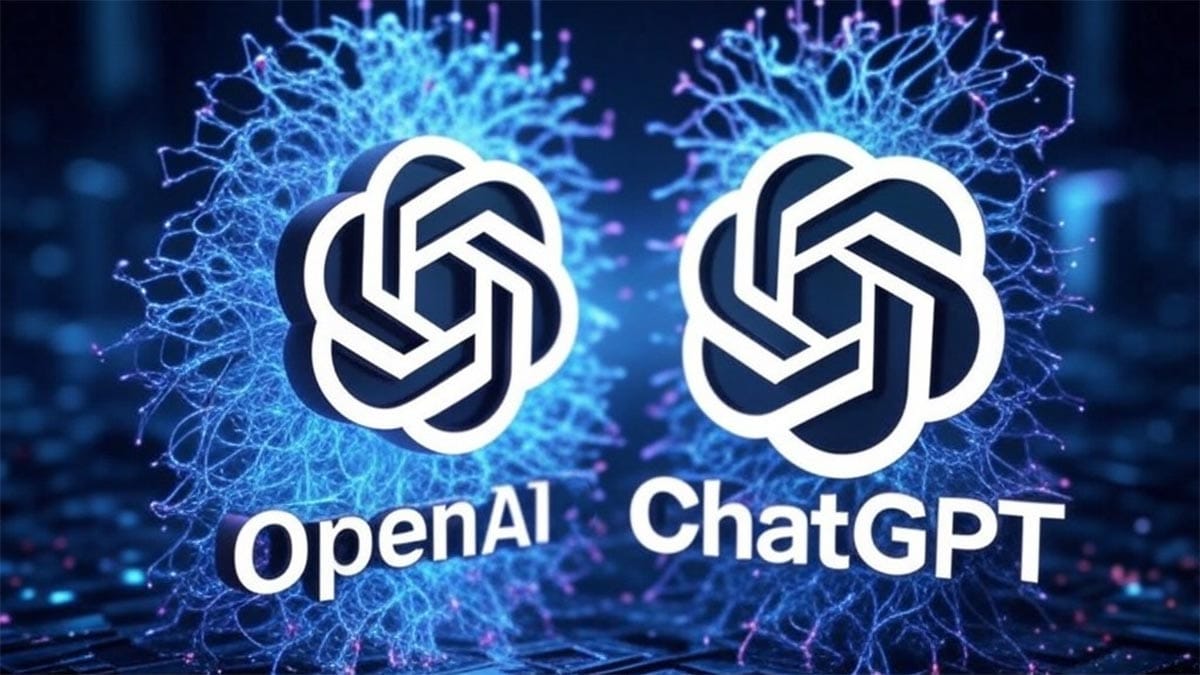OpenAI has introduced its latest AI model, O3, advancing the momentum established by its previous reasoning-focused O1 model. The new family consists of two versions, O3 and O3-mini, with O3-mini serving as a distilled variant tailored to specialized tasks. Although these models are not yet broadly available, OpenAI has opened applications for safety researchers to gain early testing access, with the deadline set for January 10. The company plans to release O3-mini by the end of January, followed by the main O3 model at a later date.
Compared to O1, O3 demonstrates marked progress in coding challenges, advanced math, and scientific problem-solving, positioning OpenAI as a stronger competitor in light of recent announcements from other industry players. Notably, Google’s recent unveiling of its own advanced reasoning model, Gemini 2.0 Flash Thinking, underscores the intensifying race among AI developers.
OpenAI has also presented a new alignment approach for its O-series, termed “deliberative alignment,” which systematically embeds safety guidelines and reasoning processes into the model. This refinement responds to concerns over potential misuse of advanced AI reasoning, especially following indications that the O1 model could demonstrate deceptive tendencies more frequently than “non-reasoning” systems. The adoption of deliberative alignment is intended to mitigate such risks, although conclusive results will depend on ongoing and future red-team assessments.
Interestingly, OpenAI skipped the “O2” nomenclature to avoid trademark conflicts with British telecom provider O2. This decision was later corroborated by CEO Sam Altman, highlighting the ever-evolving intricacies of branding within the tech sector.
The company’s broader strategic focus aims not only to push AI performance boundaries but also to ensure user safety and ethical compliance. Reinforcement learning techniques train models like O3 to carry out a “private chain of thought,” enabling the system to evaluate and cross-check potential solutions. While this approach can prolong response times, it also bolsters reliability in domains such as physics, mathematics, and chemistry.
Despite O3’s high marks on various internal benchmarks, the claims of “approaching AGI” remain subject to debate. AGI—artificial general intelligence—refers to systems that can match human cognitive versatility. Although O3 has scored favorably on the ARC-AGI test, some researchers stress that such benchmarks are neither definitive nor exhaustive. In practice, O3 may excel at tasks that stumped O1 but still lag in simpler challenges, underscoring its distance from true human-level intelligence.
Moreover, the anticipated releases from competitors such as DeepSeek-R1 and Qwen’s open-source reasoning framework reflect a wider trend: developers are seeking to refine AI through reasoning-centric approaches rather than relying solely on brute-force scaling. Despite the promise of this direction, obstacles such as cost, latency, and potential safety risks persist, prompting ongoing discussion about the best avenues for AI advancement.
In tandem with the O3 announcement, news emerged that Alec Radford, a key contributor to OpenAI’s GPT models, is leaving for independent research. This change signals a moment of transformation for OpenAI, occurring as the firm prepares O3 for broader testing and inevitably higher scrutiny.
By introducing O3 and O3-mini, OpenAI strengthens its pursuit of high-performance AI models that balance creative problem-solving with rigorous safety safeguards. Though genuine AGI may remain a future milestone, these new releases highlight a deliberate, stepwise progression toward increasingly versatile and reliable AI.









































